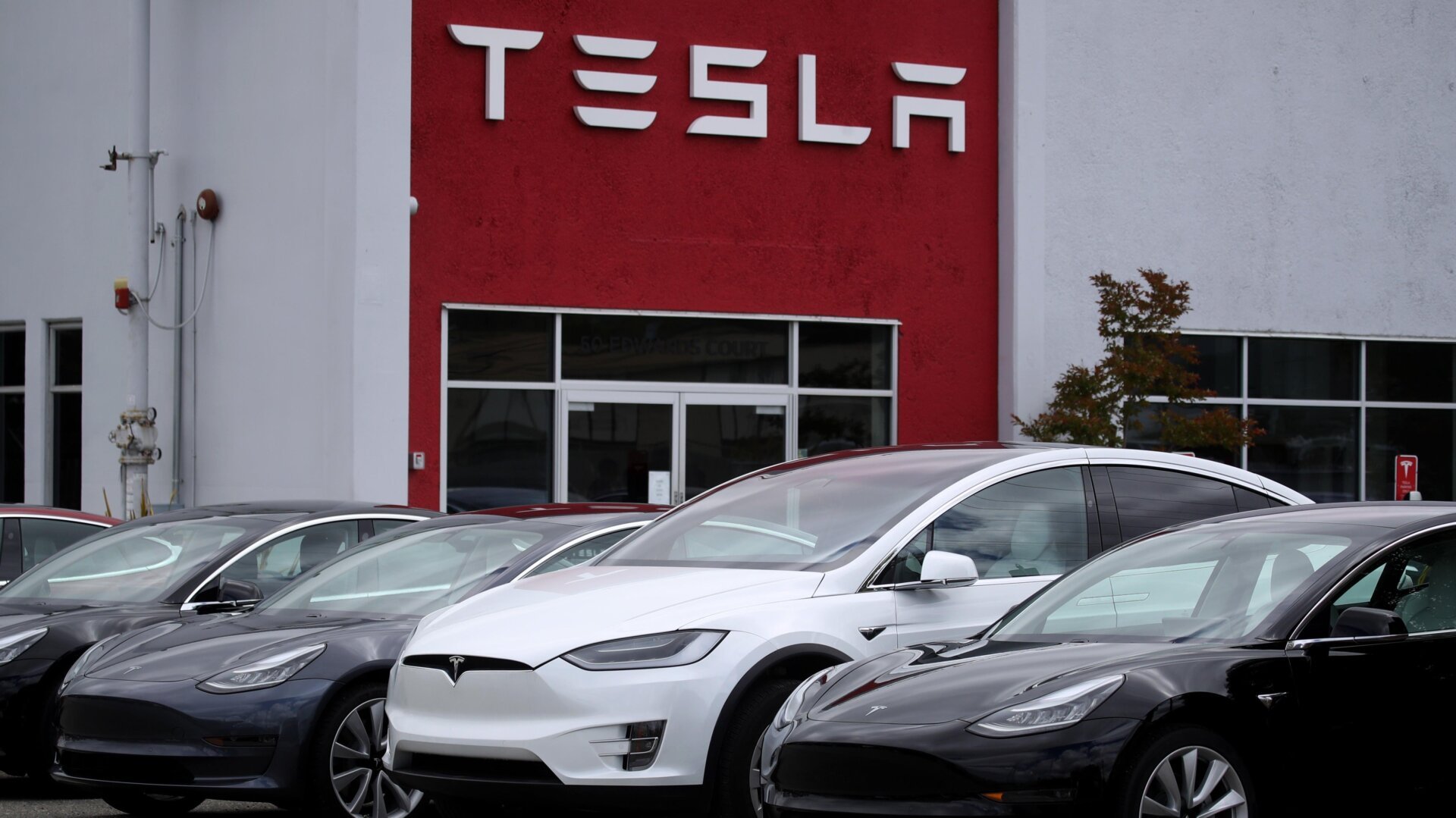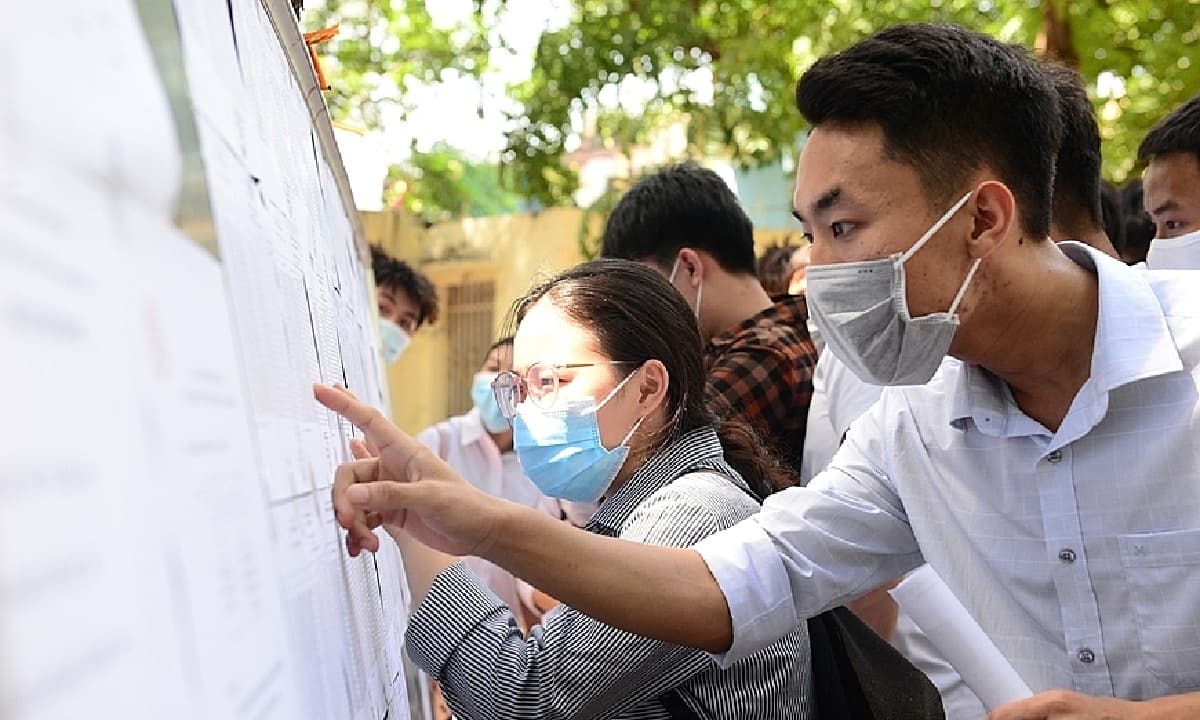What’s Going On at Tesla? A Wave of Executives Is Heading for the Exits

What’s going on at Tesla? The electric vehicle manufacturer, navigating a challenging business landscape marked by increased competition and evolving consumer sentiment, also appears to be facing a significant internal crisis: a rapid exodus of top talent.
Elon Musk’s group has now lost its 10th executive this year. The latest departure is Piero Landolfi, who announced his exit on LinkedIn after nearly nine years with the company.
“After 8 3/4 years I have made the difficult decision to leave Tesla,” Landolfi posted. “It was hard because of the incredibly talented and passionate people that I had the privilege to work, sweat and laugh with as we were accelerating the world to sustainable energy, against all odds and in spite of what used to be the general beliefs about electric cars.”
He continued: “It was hard because of the amazing products we build, the first principle thinking and the getting stuff done mentality that makes Tesla such an exciting place to work at.
The post has garnered significant attention, with over 834 likes and nearly 250 comments, largely from individuals who collaborated with him during his tenure at Tesla or in his leadership role.
Landolfi cited the familiar desire for a “new and different adventure” as his reason for leaving. “However, it is now time for my next adventure. This is the way,” he concluded, echoing a popular phrase from the Star Wars franchise.
His next move is to Nimble, an AI robotics and autonomous e-commerce fulfillment technology company, where he has taken on the role of Senior VP of Operations. Notably, Nimble already counts former Tesla veterans among its ranks, suggesting a potential trend of talent migrating from the EV maker to the burgeoning AI and robotics sectors.
A Cascade of Departures
Landolfi’s journey at Tesla began in October 2016 when he joined as Director of Services, Technical Operations. His contributions led to a promotion nearly four years later to Director of Services, North America, a position he held until his departure this month.
His exit marks the tenth executive departure from Tesla this year, a cascade of departures that has hit nearly every critical division of the company. The exodus began in February with the exit of David Imai. April saw the departures of David Lau and Mark Westfall. The pace accelerated in May with the loss of Prashant Menon and Vineet Mehta. June witnessed the exits of Omead Afshar, Milan Kovac (Head of Optimus Humanoid Robot Team), and Jenna Ferrua (Director of HR). Last month, Troy Jones, the VP of Sales, Service, and Delivery in North America, left. This month, in addition to Landolfi, Pete Bannon, the VP of Hardware Engineering (Chip Tech and Dojo Supercomputer), also announced his departure.
These latest two departures coincide with a period of significant upheaval within Tesla’s ambitious AI initiatives, particularly the winding down of Dojo, Tesla’s custom-built supercomputer designed to train the neural networks for Full Self-Driving (FSD) and Tesla’s humanoid robot, Optimus. The Dojo project, an expensive and technically risky strategy aimed at reducing reliance on Nvidia’s GPUs, had already faced internal turbulence and questions about its long-term viability in a market dominated by established chip giants.
“Once it became clear that all paths converged to AI6, I had to shut down Dojo and make some tough personnel choices, as Dojo 2 was now an evolutionary dead end,” Musk explained in an August 10 post on X (formerly Twitter).
Once it became clear that all paths converged to AI6, I had to shut down Dojo and make some tough personnel choices, as Dojo 2 was now an evolutionary dead end.
Dojo 3 arguably lives on in the form of a large number of AI6 SoCs on a single board.
— Elon Musk (@elonmusk) August 10, 2025
Internal Turmoil?
For any company, losing this many senior leaders in such a short time is a major red flag. It signals potential internal turmoil, a loss of crucial institutional knowledge, and raises serious questions about the company’s future direction and the stability of its leadership culture under Musk.
Not long ago, Tesla, having successfully scaled mass production of electric vehicles with the Model 3 and Model Y, was considered a magnet for top talent. This year’s brain drain suggests the company may have lost some of its allure, potentially exacerbated by its CEO’s increasingly vocal and often polarizing political stances, which have alienated some segments of the market and workforce.
It’s clear now that, in addition to challenges in sustaining its once-unstoppable sales growth in an increasingly competitive EV market, Tesla is facing another significant hurdle: retaining its top leadership. The short-term sales boost anticipated from consumers seeking to take advantage of the $7,500 federal tax credit on new EV purchases before it expires on September 30 may offer a temporary reprieve, but it can’t mask the deeper issue.
Tesla’s biggest challenge is no longer just selling cars; it’s convincing its own top talent to stay for the ride.








